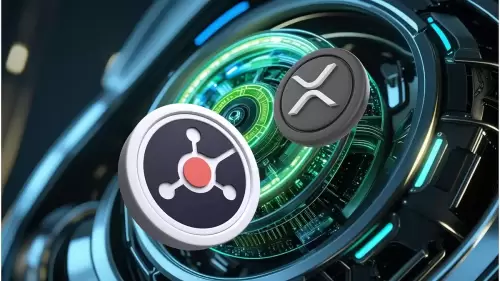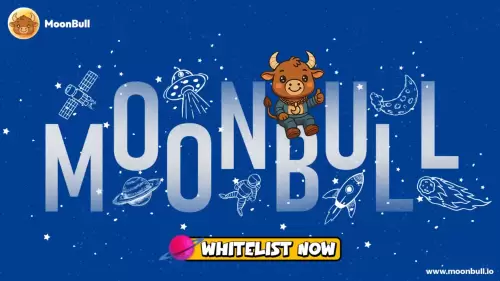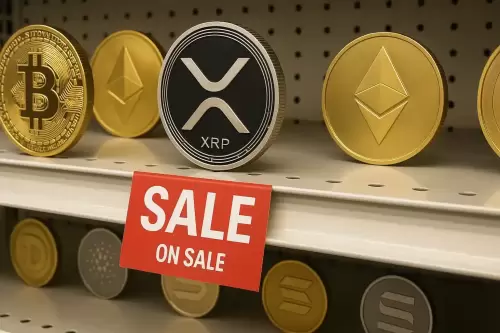 |
|
 |
|
 |
|
 |
|
 |
|
 |
|
 |
|
 |
|
 |
|
 |
|
 |
|
 |
|
 |
|
 |
|
 |
|

Author: samoyedscribes
Compiled by: TechFlow
Comparison of Token Launch Platforms on Solana, translated by TechFlow (original image from @samoyedccribes and SIGNUM CAPITAL)
A Brief History of Token Launch Platforms
Token launchpads have become an established space in the crypto ecosystem, providing a structured path for projects to raise funds and initiate liquidity. Prior to the meteoric rise of Pump.fun, this space was dominated by protocols that were more suited to Initial Decentralized Exchange Offerings (IDOs). Protocols such as CoinList, PinkSale Finance, and Fjord Foundry are the go-to options for projects launching on chains like Ethereum and Binance Smart Chain (BSC). These launchpads typically serve established protocols with dedicated builders, and they operate in a more selective manner, with investors needing to be whitelisted to participate in specific fundraisers. These barriers to entry make them less accessible to smaller protocols and less formal projects, such as meme coins or experimental tokens.
Why is Pump.fun so influential?
The emergence of Pump.fun has been credited by some for ushering in the era of Solana, and it was pivotal in propelling the chain to its dominant position. Launching on Solana, Pump.fun leveraged the blockchain's low cost and high-speed transactions to revolutionize token issuance. Unlike its predecessors, Pump.fun introduced a standardized mechanism to burn liquidity pool (LP) tokens at launch, ensuring that liquidity cannot be withdrawn—a feature that provides additional trust for retail participants, although the platform has not been entirely immune to manipulation by certain insiders.
Pump.fun is truly impactful due to its decentralized approach, allowing anyone, from smaller protocols to less formal projects, to engage in capital raising and liquidity generation in a fair manner. To date, over 10 million tokens have been launched on Pump.fun. This accessibility contributed significantly to the Solana memecoin craze, leading to Solana being recognized as the primary “on-chain casino.” Other chains have attempted to claim this title, but none have succeeded to the same extent. Pump.fun's model, the first of its kind, has enabled an unprecedented level of new token issuance.
However, is this a net positive or negative for the crypto space in the long run? On the plus side, Pump.fun lowers the barrier to entry, encouraging greater creativity and experimentation within the Solana ecosystem. But on the down side, it also opens the floodgates for lower-quality projects and large-scale liquidity extraction events, which some believe could be detrimental to the long-term health of the ecosystem. Only time will tell, as the markets will self-correct in due course.
Makenow.meme — Earliest iteration
After the success of Pump.fun, Makenow.meme emerged as an early competitor that aimed to take the concept a step further by integrating directly with platforms like X. The idea was to allow users to create tokens by tagging Makenow.meme’s X account on X, making token issuance a seamless, user-friendly experience. In theory, this looked like a promising decentralized application for the masses, combining social media with crypto innovation. However, despite its potential upside, Makenow.meme struggled to achieve product-market fit (PMF). The adoption of the platform was not optimal, leading to a rapid decline in user activity after launch. While the concept was novel, the execution and the incentives to drive mainstream adoption were lacking.
Pump.fun competitor resurgence
Pump.fun’s dominance didn’t last long. A pivotal moment came when Pump.fun decided to migrate its “graduated” tokens (tokens that reached a certain market cap threshold) from Raydium to its own Pumpswap decentralized exchange (DEX). The move sparked a wave of competition, and Raydium responded by launching its own token launchpad, LaunchLab. Additionally, Believe launched a Makenow.meme-like product that allows users to issue tokens on X, while Bonk also launched its own launchpad, based on Raydium’s LaunchLab technology stack. More recently, Boop entered the market under the leadership of Dingaling (founder of Pancakeswap, LooksRare, etc.).
Boop, the most promising rookie
Boop stands out for its innovative approach and "fun" Ponzi economics. Boop introduces a fee-sharing mechanism, a feature that solves a major problem of Pump.fun: the lack of incentives for token creators and early adopters. Boop also uses an active user onboarding strategy to attract users. It is worth mentioning that some core users of Solana DeFi received $BOOP airdrops, but there was a condition. They had to issue tokens, conduct marketing, and mobilize others to buy the tokens in order to claim the airdropped tokens. In addition, Boop provides fee sharing, airdrops, and other incentives for token deployers, $BOOP holders, and holders of recently “graduated” tokens. Still in its early stages, Boop's dynamic incentive structure and
Disclaimer:info@kdj.com
The information provided is not trading advice. kdj.com does not assume any responsibility for any investments made based on the information provided in this article. Cryptocurrencies are highly volatile and it is highly recommended that you invest with caution after thorough research!
If you believe that the content used on this website infringes your copyright, please contact us immediately (info@kdj.com) and we will delete it promptly.




























































